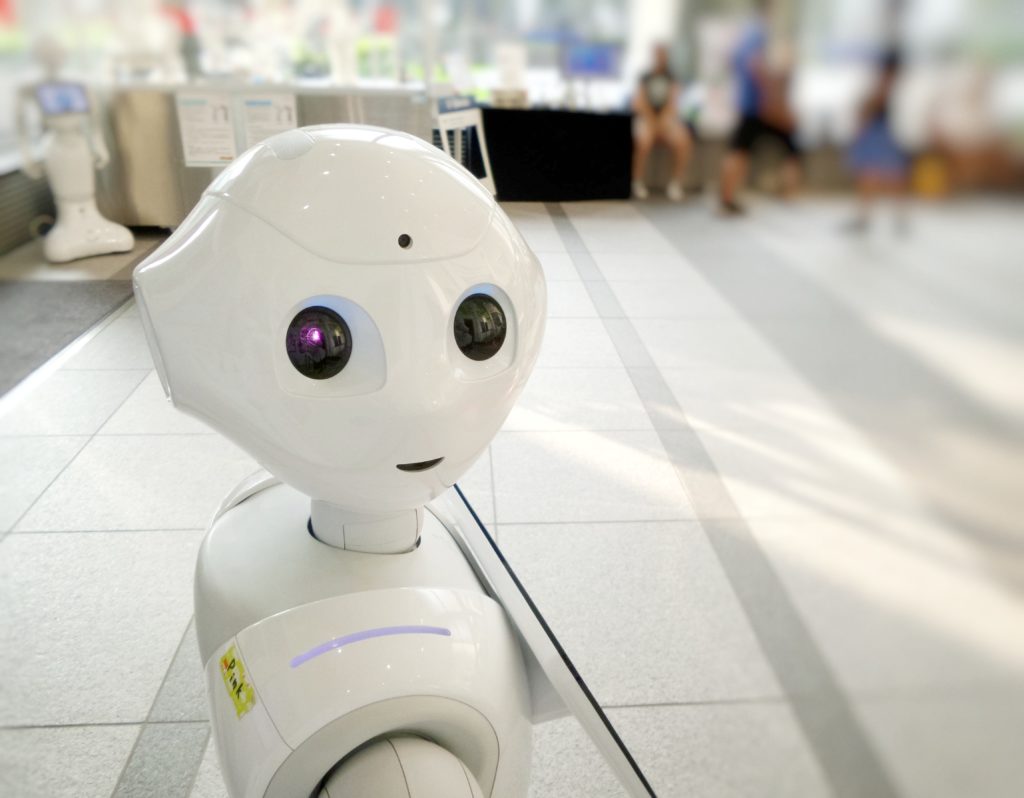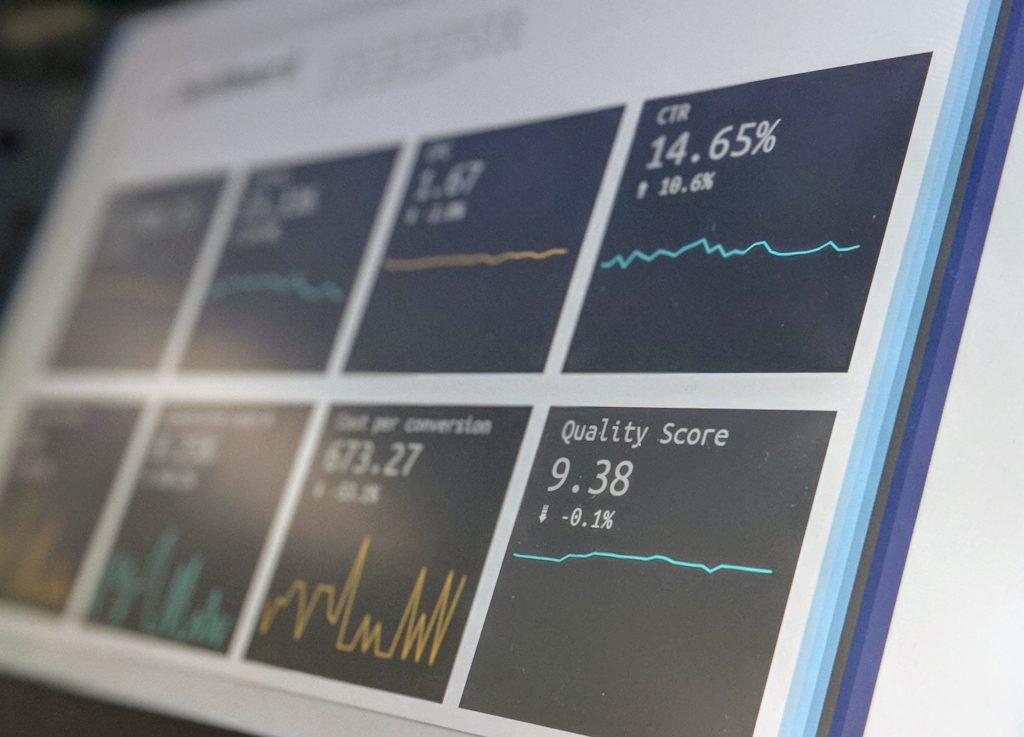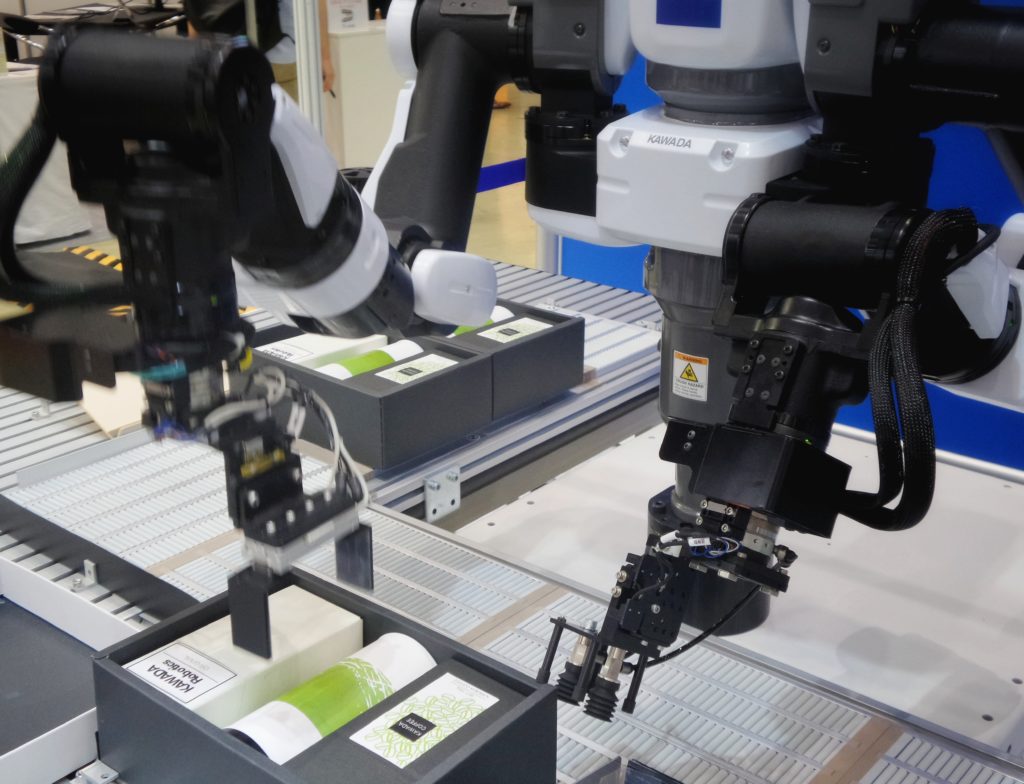Letters from Nepal seeks to give voice to young emerging talents seeking to make an impact in societies other than the usual Western-orientated suspects we mostly hear from.
Saujanya is a Work For Impacts Pathways Programmes alumni living in Nepal with aspirations of an AI-fuelled career and the possibility of developing his writing.
In his Letters from Nepal, Saujanya will share perspectives and opinions on everything from Youth Activism to Women in STEM, climate change and the rise of AI, as seen from a uniquely Nepalese point of view.
This week: Me, Myself, and AI
Artificial Intelligence, or AI, is the buzzword in todays tech-centred world. The scientists, technologists, and academics driving the AI agenda forward expect AI to change the shape of our existence, propelling prosperity, advancement, and economic growth.
BUT. This article is not to celebrate the current state-of-the-art in the AI industry - nor will it speculate on the future of AI. It is rather more of a personal perspective: of what AI means to me and for me, how I got into it, how my fascination with it began, the prospects and opportunities it holds, and what it means for developing countries like Nepal.

Trillion Dollar Optimism
At a global level, the world is witnessing a massive upsurge in AI development, as billions of dollars are poured into AI research in academic, government, and industry sectors. According to a study conducted by PwC, AI has the potential to contribute a whopping $15.7 trillion to the world economy by 2030. It will do so through direct and indirect impact on different sectors, among which sectors like health, education, energy, automotive, and manufacturing are to be impacted largely.
With companies like Open AI and Deep Mind, which are backed by tech giants Microsoft and Google respectively, and their constant look for the next cutting-edge AI research, the world can be optimistic.
Everyday AI
First of all, AI does not have to mean something alien or far-fetched. In todays world, it is all but ubiquitous - and all of us use it in our daily lives. In fact, AIs applications are as broad as it can get with a myriad of use cases to prove it: from Sophia the first humanoid to get citizenship to the simplest daily things - like recommendations on YouTube or Netflix.
From text prediction, while texting, face-unlock features, virtual assistant to google ads based on web searches, we are all familiar with AI even if we might not be aware. So, it can be defined as computer systems that have the ability to perform functions pertaining to human intelligence like speech and visual recognition.

AI Humanities
Most companies working and researching on AI would state their ultimate goal is to create a machine that demonstrates human-like intelligence. DeepMind states their long-term goal is to solve intelligence, developing more general and capable problem-solving systems, known as artificial general intelligence (AGI) Now that is more philosophical than a technical quest. In essence, AI is not only a question about computers - rather it is more of a human question. The question of AI is a deep, ontological one - the question of what it means to be a human. It is this question I am drawn to.
Can you feel it?
Human beings make sense of the world through various means. Human beings can be defined by their ability to perform rational thinking and decision-making, feel emotions, imagine, and perceive reality mainly through modes of vision, language, speech - together a staggeringly complex process involving billions of neurons simultaneously. To even begin the long walk towards sentience - for AI to not only understand humans and what it means to think like a human but endeavour to be human - knowledge is required to be drawn from many fields such as neuroscience, psychology, cognitive science, linguistics, computer science, mathematics, and philosophy. The interdisciplinary aspect of how AI gets its shape from the intersection of ideas and concepts from multiple fields also fascinates me a lot. AI is a multimodal field because we are looking to create a multimodal system like us.
A Needle in the AI Haystack
I was very interested in how all these independent fields converge cohesively towards the question and pursuit of AI. I wanted to study one of the courses among them after high school. The trickier part was deciding which one. The more I explored each, the more possibilities opened up. Sometimes I leaned towards philosophy and psychology, sometimes to linguistics and foreign languages, and other times I wondered whether I should study cognitive science instead. However, at last, I chose to study economics, which also indirectly contributed to my interest in AI as I was exposed to mathematics and also concepts like game theory which are important in the field of AI. Apart from academics, movies and literature are as inspirational, given the impact of movies on me and millions more like me. AI-like being Talos was mentioned millennials ago in Greek mythology after all.

The AI Dream factory
Like most people who are into sci-fi, movies about AI played a big part in igniting my curiosity in this field. I am not talking about hugely popular dystopian movies about AI like Terminator, Matrix, or 2001: A Space Odyssey. It is in fact two movies, Her and Ex Machina, which immediately come to my mind when I think about AI. I still vividly remember how enormously moved I was after watching them. I was pushed into a profound philosophical abyss for days after watching these two movies - where I confronted many questions about AI and humanity. These movies brought questions about what would result from human-AI interaction and collaboration, both in the impact of AI being fully conscious like us and not conscious like us.
Apart from this, the movies also raised the questions of love, human relationships, loneliness, and vulnerability, which of course, AI will try to address and exploit in some way. Therefore, AI also addresses the question of consciousness - whether there is consciousness; if there is, is it merely a result of computations in the brain, and can machines ever be conscious?
For example, when the AI systems like AlphaGo and Deep Blue defeated the masters of board games Go and Chess respectively, the masters must have felt some sense of loss and humiliation afterwards? But the systems did not feel anything as they are only trained for optimization. Can they ever be able to feel it one day? - can consciousness and feeling be engineered and trained? This question is very fascinating to me.
The Pandemic Springboard
Looking back, however, I did not stumble upon AI as a practical field and career until the pandemic struck and the world was forced inside. After the whole economy shut down and my parents' shop too, I was desperately looking to do something and looked at skills to learn with tremendous opportunities; it was tech - what else would it be?
I first checked some courses on web development and even completed forums on HTML, CSS, and some JavaScript from freeCodeCamp, a great free learning site for tech skills. After a while, I discontinued for some reason, one being inconsistency in the face of not having accountability. However, that 1-2 months of work made me confident enough that tech is a field that if given enough effort and dedication, everyone can get into. People take years to realize this and I was lucky to realize it within 3-4 months.
Pathways Possibilities
Then I magically landed on the Instagram ad of Pathways, a CSR initiative by Work for Impact where I got selected and got enrolled in Google IT Support Professional Certificate. However, I felt I was going nowhere with that course after finishing the first module and had stopped working on it too. And, after a while, I mustered all my courage and asked Geoff and Caroline from WFI if Pathways could sponsor an AI course being offered by an Indian ed-tech company, and if I can leave the IT Support Course. Thankfully, they obliged and offered the sponsorship. I have been practising all that I learned and am learning after my college finished last month and look forward to starting a job in it soon.
My AI Origin story
The first application of AI that grabbed my mind was machine translation back in 2016, which was in an abysmal state then and which has improved drastically ever since, and Id like to work in NLP for now. I was not a child prodigy in science, math, and computer; neither was I interested in AI since my childhood. It was not an epiphany - just rather how things turned out to be - how I evolved. As Steve Jobs said You can't connect the dots looking forward; you can only connect them looking backwards.
Universal AI
Though the world envisages an equitable future through Al, it is not a venture Nepal currently shares or plays a first-hand role in. Most AI innovation currently happens in countries like the USA, China, Russia, and the UK for obvious reasons.
Given the resource-intensive nature of AI, it is better for developing countries with inadequate infrastructure like Nepal to adapt and enjoy the spill-over effects of AI research from elsewhere. Nepal is just one of many such countries across the globe. Therefore, an equitable and open AI environment is critical for all to progress together.
Given AIs potential impact on humanity, many would go further and say it is the moral duty of developed countries to not monopolize the technology and make it available to the wider world.
As far as my home country is called, there are a few companies setting a base for an AI ecosystem. They are mostly in Kathmandu, the capital city, many of them working on AI projects related to Natural Language Processing (NLP), Big Data, and Computer Vision (CV) for usage in local financial, manufacturing, and service industries. Our lack of a central research institute meant that conducting research was not possible until 2021. Until very recently Nepal did not have a specific course in AI. But things are changing fast. In 2021, Kathmandu University launched BTech and MTech courses in AI - a sizable stepping stone towards AI research coming from Nepal. There is, however, still a long road ahead - but I am eternally optimistic. The country can begin by implementing NLP projects to preserve its dozens of daily-used languages and CV to monitor traffic rules and regulations.
Until the next article.
About Pathways
At Work for Impact, we are serious about our idea of changing the world, one project at a time.
With our in-house program Pathways, we strive to help communities around the world take on sustainable employment challenges by leveraging the power of technology and impact-driven people.
For every ten new contracts, we onboard one Pathways student. We contribute to supporting partner charities with 6% of our revenue contributing directly to making this world a better place.
Through Pathways program, more than 15 students from Nepal, Brazil, Yemen and Kenya have received Google IT support training, mentorship, and job readiness to start a career based on their freshly learned skills. They are our greatest achievement, our main pride. Learn more about how to participate, either if you are a freelancer or an organisation. Find more stories about Pathways here.
